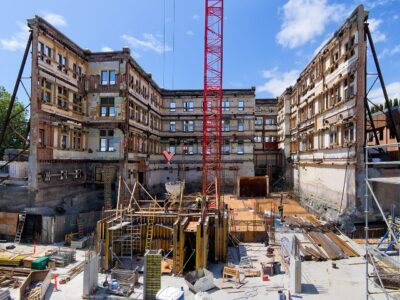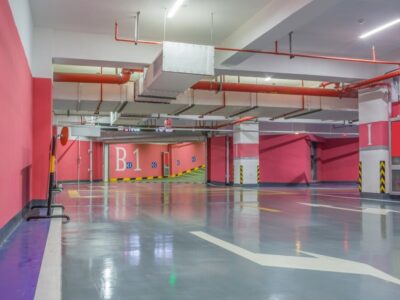In the rapidly evolving landscape of data management, the architecture of data centers plays a pivotal role in shaping the efficiency and effectiveness of digital operations. With advancements in technology, future trends in data center architecture are poised to revolutionize the way data is processed, stored, and analyzed. Among these trends, the integration of AI, the rise of edge computing, and innovations like the Stendel + Reich data center architecture stand out as significant drivers of change.
AI Integration in Data Center Architecture:
Artificial Intelligence (AI) is reshaping data center operations by optimizing resource allocation, enhancing security protocols, and improving overall performance. AI algorithms can analyze vast amounts of data in real-time, enabling predictive maintenance to minimize downtime and maximize efficiency. The integration of AI in data center architecture, such as the Stendel + Reich model, emphasizes dynamic resource allocation based on workload demands, leading to greater flexibility and scalability.
Edge Computing:
Edge computing is emerging as a critical component of modern data center architecture, enabling data processing closer to the source of data generation. By decentralizing computing power, edge computing reduces latency and bandwidth usage, making it ideal for applications requiring real-time responsiveness, such as IoT devices and autonomous vehicles. The Stendel + Reich data center architecture incorporates edge computing principles to distribute computational tasks efficiently across a network of edge nodes, ensuring faster data processing and improved user experiences.
Data Center Architecture:
The Stendel + Reich data center architecture represents a paradigm shift in data center design, focusing on modularity, scalability, and energy efficiency. This innovative approach utilizes a decentralized structure with interconnected micro data centers, allowing for seamless expansion and redundancy. By leveraging advanced cooling technologies and renewable energy sources, Stendel + Reich data centers minimize environmental impact while maximizing performance and reliability.
Optimized Energy Consumption:
As energy consumption becomes a growing concern in data center operations, future architectures prioritize energy efficiency through intelligent cooling systems, renewable energy integration, and workload consolidation. The Stendel + Reich model incorporates energy-efficient cooling techniques, such as liquid immersion cooling and airflow optimization, to reduce power consumption and mitigate environmental impact.
Security and Compliance:
Data center architecture of the future places a strong emphasis on security and compliance, incorporating robust encryption protocols, access controls, and regulatory frameworks. The Stendel + Reich architecture employs state-of-the-art security measures, including multi-factor authentication and encryption-at-rest, to safeguard sensitive data and ensure regulatory compliance.
In conclusion, the future of data center architecture is shaped by innovative trends such as AI integration, edge computing, and the Stendel + Reich model. By embracing these advancements, organizations can optimize performance, enhance scalability, and meet the evolving demands of the digital era.









Comments